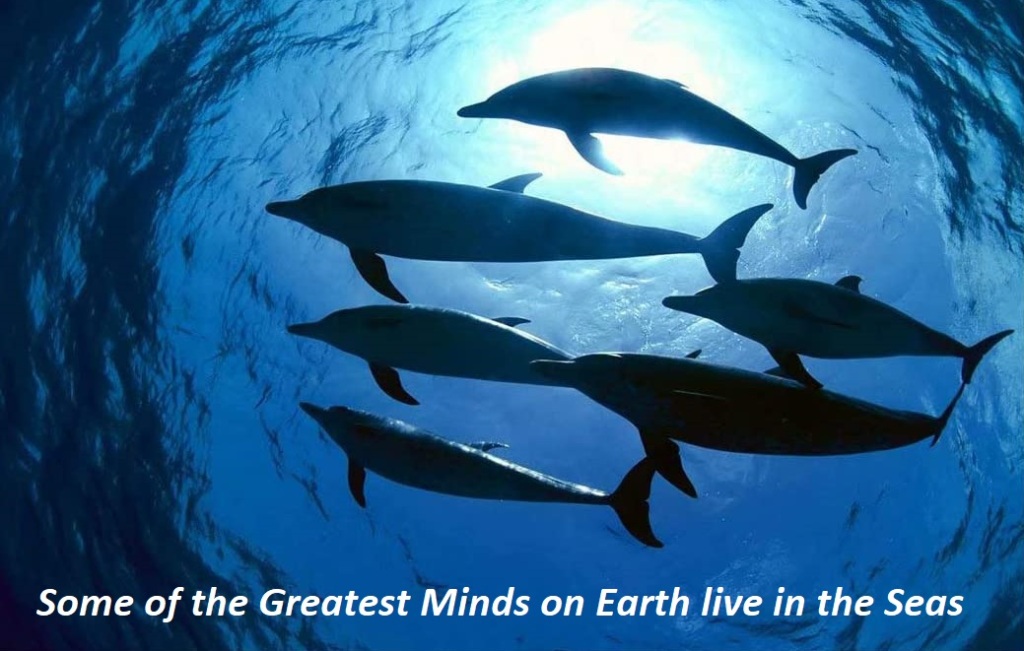
Dolphins are often regarded as one of Earth’s most intelligent animals and their behaviour has been studied extensively, both in captivity and in the wild. Dolphins are highly social animals, often living in pods (groups) of up to a dozen individuals.
Dolphins can, however, establish strong social bonds. Forms of care-giving between fellows and even for members of different species have been recorded and this altruism does not appear to be limited to their own species only. Dolphins also display culture, something long believed to be unique to humans (and possibly other primate species). Dolphins are known to communicate, teach, learn, cooperate, scheme, and grieve. They are also known to have displayed self-awareness.
Here are a few lesser known facts about dolphins:
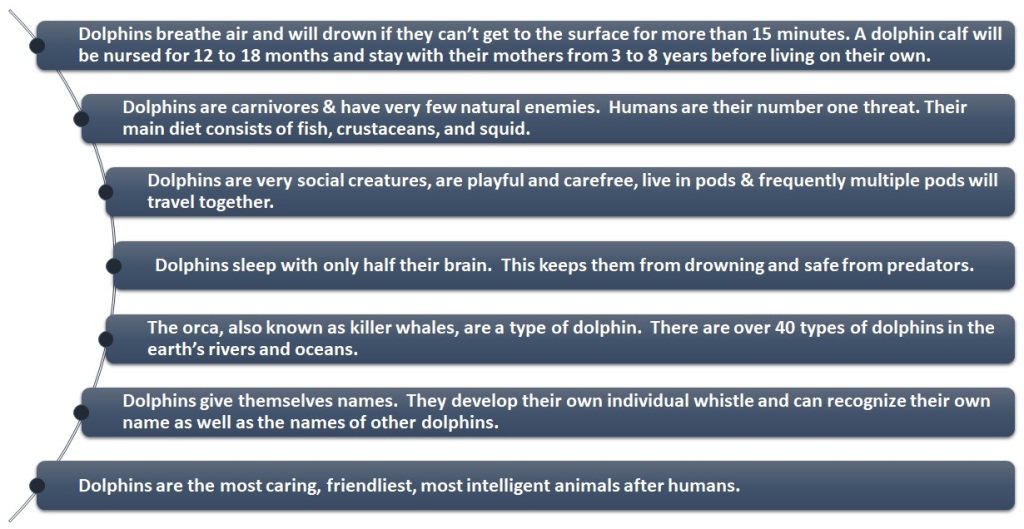
The Lessons in Leadership & Management:
Lesson 01: Compassion and Empathy:
Dolphins are very compassionate creatures. Many dolphins have been observed helping the sick and injured dolphins in their pods. Dolphins have also been seen trying to blow into a dead dolphin’s blowhole, trying to breathe life back into them and clearly show distress when a dolphin dies.
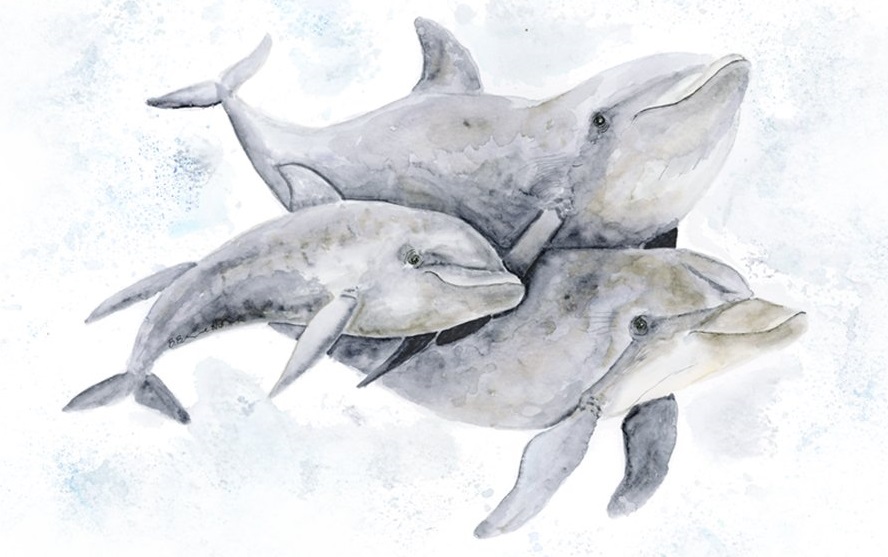
They take care of each other. Every dolphin in a pod is protected by the others. They seem to know when another dolphin or even a human is in danger and will rush to their rescue without hesitation, possibly putting themselves in danger, but the safety of others comes first. Dolphins understand when other dolphins or species are vulnerable or in danger and feel compelled to help. There is plenty of evidence that show how they help the weak, hurt whales, and even surfers to reach shore.
Lesson 02:Respect for elders:
Dolphins work together to take care of and protect the juveniles and older dolphins in their pod.
Lesson 03: Teamwork:
They also work together to find food and protect one another from the dangers around them. Dolphins show us how the things we do can be improved by working together.
Dolphins chase fish forcing them to form small groups, then eating the confused fish. It would be very difficult for a Dolphin to do this alone. In addition to having someone to hang out with, you’ll be better protected from predators.
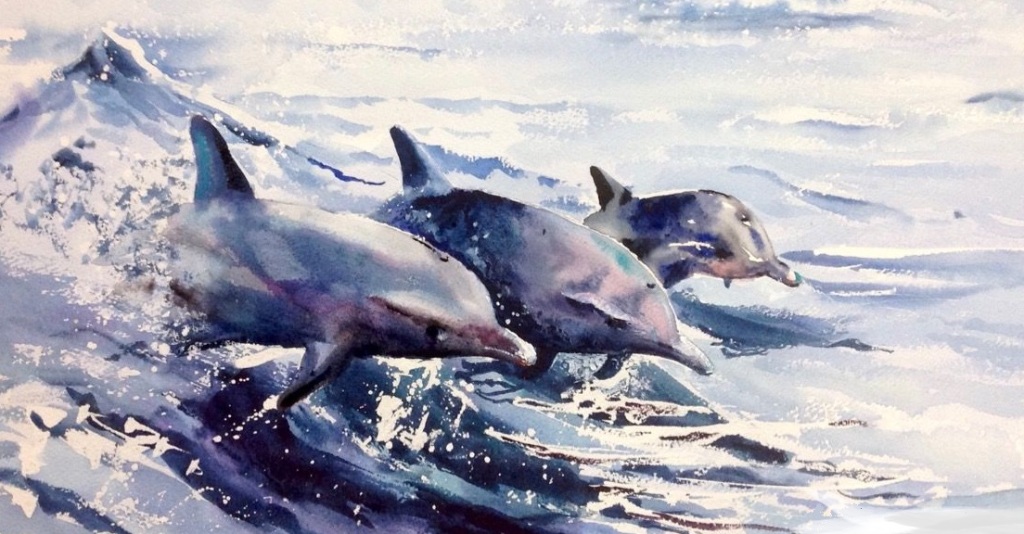
Lesson 04: Protect the environment:
Dolphins only use the resources that they need and don’t do anything to cause damage to their environment.
Lesson 05: Communication:
Dolphins communicate using a variety of clicks, whistle-like sounds and other vocalizations. Dolphins also use nonverbal communication by means of touch and posturing.
Lesson 06: Group culture- teaching and mentoring:
Scientist have discovered that Dolphins have learned to use tools and teach the younger ones how to use them.
Lesson 07: Fun with Work:
Dolphins are mammals, so they must surface every 15 minutes to breathe. Sometimes they like to show off in the process. They are often seen jumping out of the water, riding waves, making air bubble rings underwater, they play with objects and pass them to each other.
Dolphins understand the importance of play. They have shown the importance of breaking away from the complexity and stress of the daily grind. It is good to shake things off, take breaks, engage with peers, and play games. Also, very important, play is a fundamental activity that helps bringing ideas to life.
Lesson 08: The art of Leadership- shifting leadership roles:
Leadership within the dolphin pod is without rank or seniority. Leadership is shown through inspiration, passion, and movement that is fluid and organic, and can change to meet the needs of a particular environment or situation. (Situational Leadership).
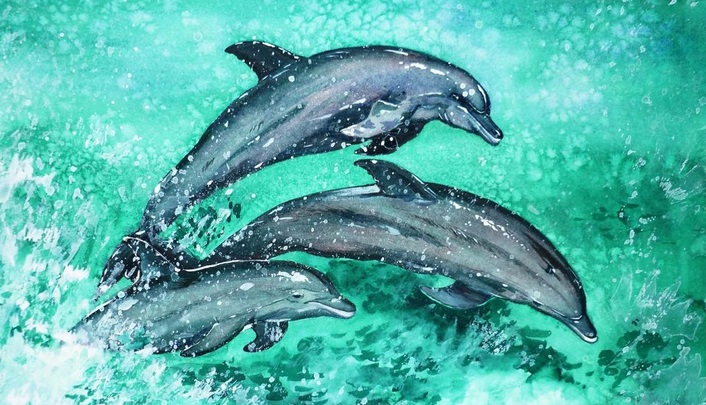
In a moment, leadership can shift from one dolphin to another, without hesitation or resistance. This shifting is dynamic and egoless. As a new dolphin takes the lead, the one that was leading becomes a fully engaged follower. Thus having a particular leader ready to step in results in fresh inspiration and passion that is ready to be harnessed.
Lesson 09: Remembering Names:
Dolphins have been known to remember the distinct whistle of another dolphin they shared a tank with up to 20 years ago, even if they only lived together for a few months. Dolphins emit their signature whistle as they approach another pod, leaving behind a stream of bubbles from their blow hole.
Lesson 10: Diversify Friends Groups:
Dolphin Pods can also merge temporarily, forming a superpod that may exceed 1,000 dolphins. Membership in pods is not rigid; interchange is common. Dolphins have been known to make friends with false killer whales. Their relationships span time and space, with some pairings lasting five years or more and pairs being spotted together at locations 650 miles apart. You can achieve more if you work with people rather than compete against them.

Lesson 11: Half Brain – Being Alert:
Humans can’t do this, but dolphins have no trouble keeping half their brain awake. By doing this they can stay active for up to 15 days at a time, staying vigilant against sharks and making sure they come up for air.
Lesson 12: Trying New Things:
Dolphins are not afraid to investigate the unfamiliar. They have been seen chewing and passing around a pufferfish, apparently entering a “trance-like state” afterward, leading some to speculate that they were using the pufferfish’s toxin to get high. After they catch a cuttlefish, dolphins have been seen repeatedly beating the catch against their snout to get rid of its ink, then raking it along the ocean floor to debone it. Then they can eat it without the disgusting ink and annoying bone.
Lesson 13: The Importance of Looking friendly:
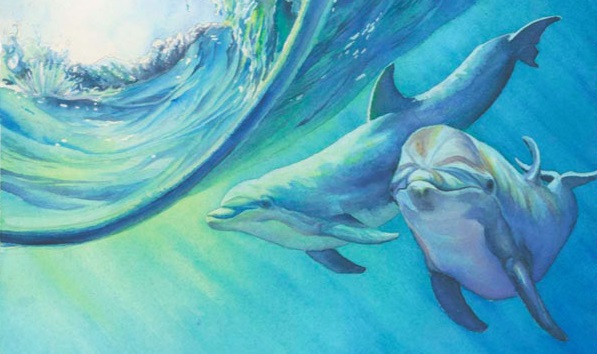
Behind their apparently sunny disposition dolphins are kind of horrible. Males often coerce females into mating with them and go as far as killing their babies to make the females ready for another pregnancy. Yet we still think they’re lovable because of their permanent smile.
Content Curated By: Dr Shoury Kuttappa

